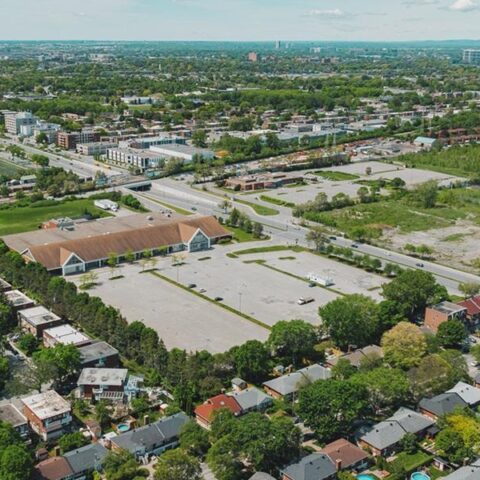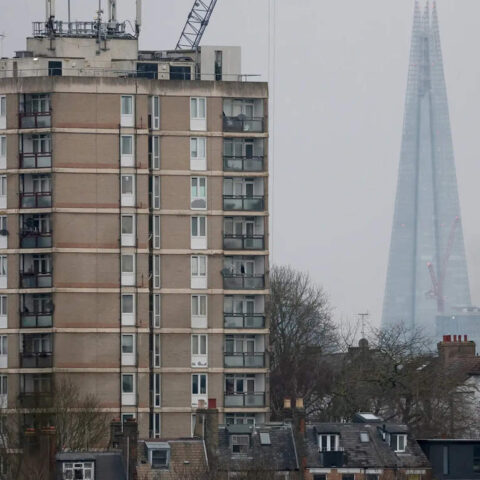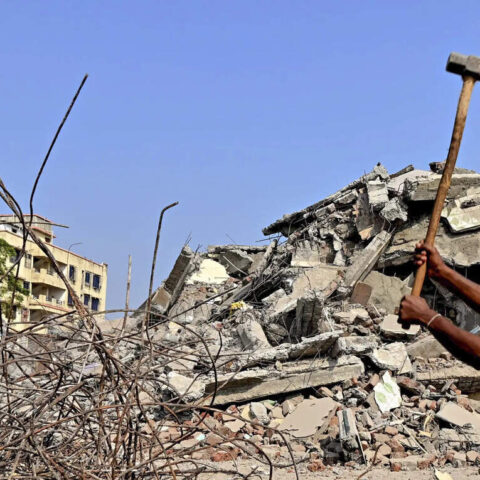The film’s first part, “The Death of R.M.F.,” follows a man named Robert (Jesse Plemons) whose entire life—including his meal times, ability to have a child, and even his home’s security code—is controlled by his boss, Raymond (Willem Dafoe). The two characters’ houses illustrate their dynamic: Robert’s ranch home is perfectly contemporary, the stylish ideal of a millennial family home, but it is absent of the personal idiosyncrasies that a man who cares to make his own choices might put in place. By contrast, from the exterior alone, Raymond’s 18th-century home makes it clear that he’s distinguished. Inside, it’s full of distinct touches selected by Gasparro and his team to make it clear that he’s a highly discerning man. The main living space, which Gasparro crafted as a space for Raymond “to hold court,” features a mix of antiques, including a massive Biedermeier sofa, some modern pieces, and artwork by Julian Schnabel.
“R.M.F. is Flying,” the film’s second part, follows Daniel (Plemons), a man whose wife, Liz (Emma Stone), doesn’t seem like herself when she returns home after being lost at sea. With wood paneling, a normal amount of clutter, and a humble stained glass panel in the window, the couple’s house provides a humdrum backdrop that foils the disturbing events that take place inside. Lanthimos hoped to work with natural light more in this film, compared to the studio-based Poor Things, and the primary bedroom, with two huge windows framing the bed, gave the director the ability to do so.







